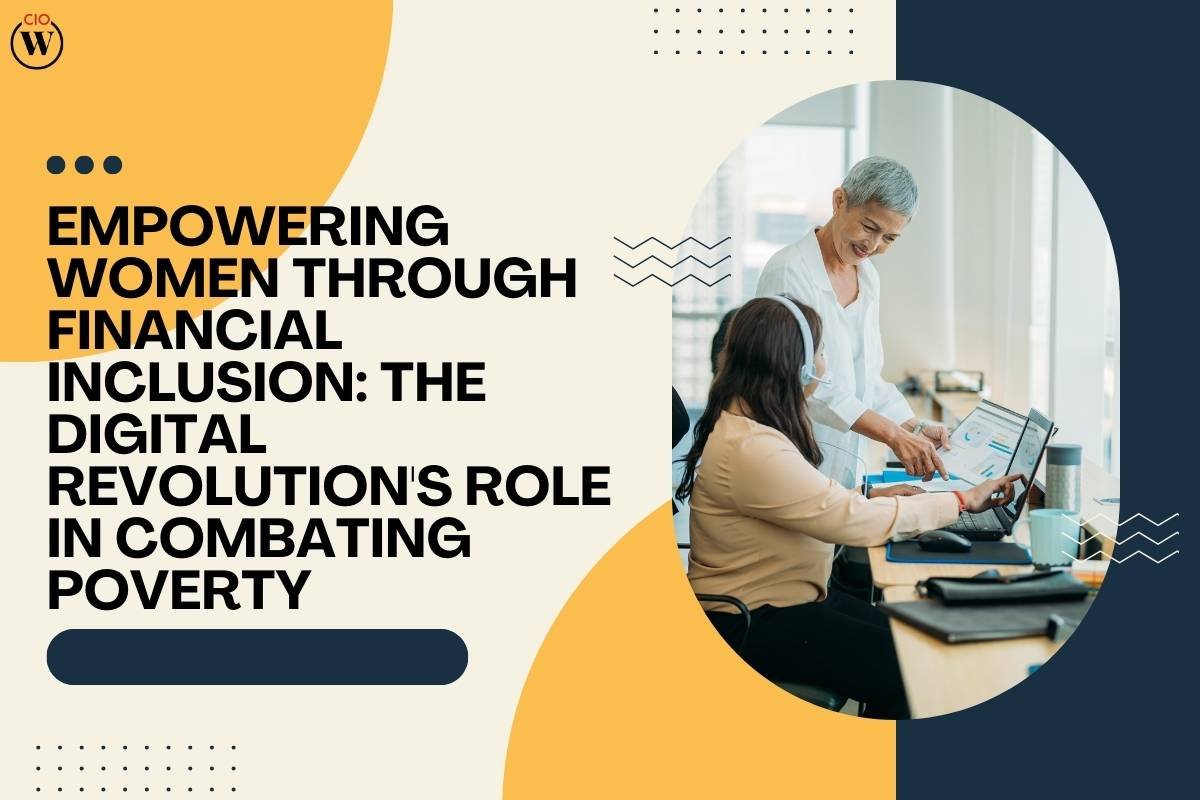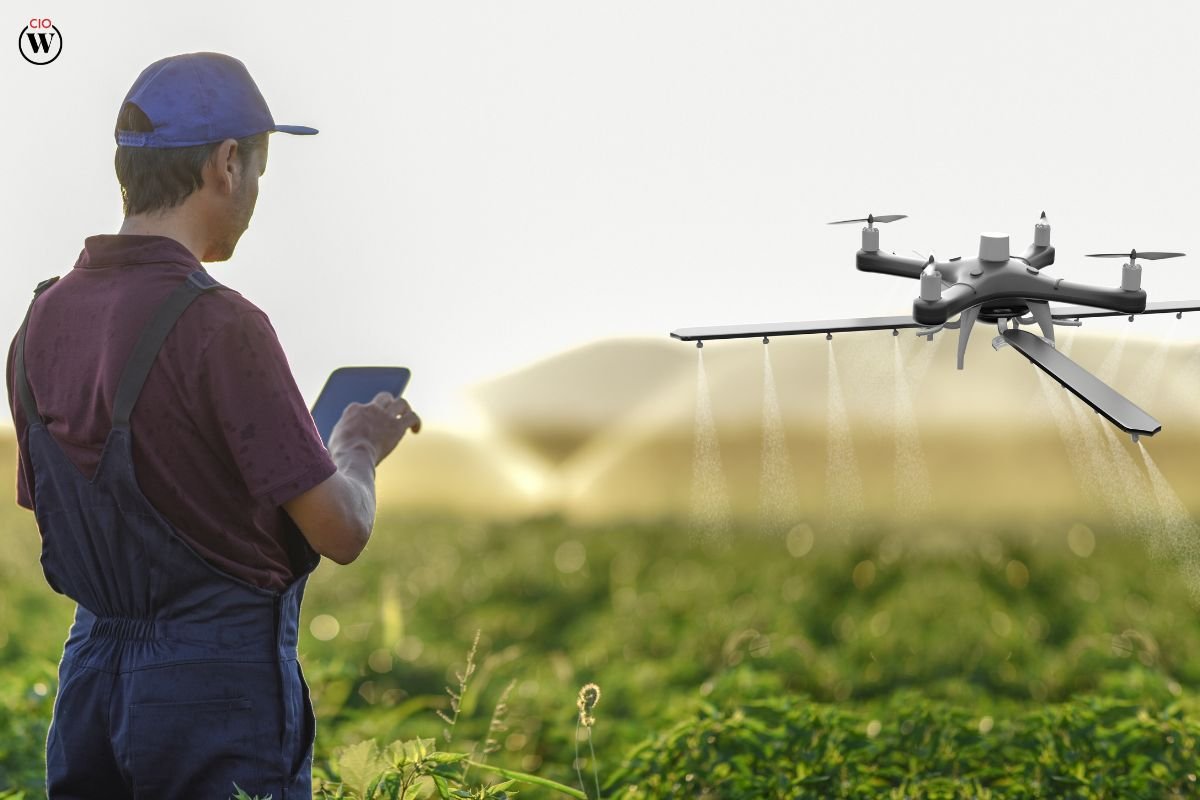Lack of access to property, lack of financial resources, and lack of voice in one’s community are all components of poverty; it is not a single event or circumstance.
Globally, women earn 77 cents for every dollar earned by men, yet they work three times as many hours on household chores and other unpaid labor. Decades of studies have also demonstrated that women are disproportionately affected by poverty and are deprived of basic chances for the duration of their lives.
Economic Benefits of Women’s Financial Inclusion
On the other hand, it is well known that women benefit their communities and themselves when they can manage, save, spend, and earn their own money. According to McKinsey Global Institute projections, fully integrating women into the economy will raise global GDP by $12 trillion by 2025. This is to say that achieving gender equality elevates every country.
Investing in Women’s financial inclusion is one way to empower women to take charge of their own economic destiny. Four out of ten women in developing countries do not have any form of financial account. With almost a billion women not having access to formal financial services, we want broadly applicable solutions.
The Digital Revolution in Women’s Financial Inclusion
In addition to facilitating a business’s expansion more effectively than physical branches, digital financial services—such as mobile money, credit and debit and credit cards, and e-commerce platforms—also have the potential to result in fees that are up to 90% less than those related to cash-based transactions and services.

For instance, the belt system from NinjaCard and similar programs are leveraging digital platforms to help users improve Women’s financial inclusion, literacy, and credit scores through a series of milestones and rewards.
Case Studies: Liberia and Bangladesh
Teachers in Liberia frequently had to skip work and spend up to 15% of their pay on the up to 10-hour round-trip journey to pick up their cash wages. When their paychecks were digitalized, teachers saved an average of 13.5 hours every two weeks and 90% on the cost of income collection. They may now spend more than half a day in class or with their family.
A woman might also feel more in control of her life when she has a personal account where she can save her own earnings. Most workers in Bangladesh’s garment factories are women, yet due to societal traditions, they frequently give their earnings to their parents or spouses. They thus have very little control over how their earnings are stored or used. Women’s financial engagement is one of many powerful instruments at our disposal for promoting gender equality. Still, progress will be hampered unless we have a clear awareness of the realities that women confront.
Leveraging Technology to Overcome Barriers
It is also important to investigate how women may use technology to circumvent or overcome some of the cultural and societal obstacles to Women’s financial inclusion. For example, allowing women to apply for accounts through an automated procedure ensures that agents who believe women shouldn’t be able to handle their own money won’t reject them.

Additionally, mobile banking apps and digital wallets can provide women with discrete and secure ways to manage their finances, reducing the risk of interference from family members or community members who may disapprove of women’s financial independence. These technological solutions not only provide access but also offer a layer of privacy and autonomy that can be crucial in societies where women’s financial rights are limited.
The Role of Digital Identity in Women’s Financial Inclusion
In practically every nation, a person needs to present legal identification to create a bank account. Nonetheless, compared to men, women in low-income nations lack a legal identity document. Using biometric data, nations like Pakistan and India have effectively implemented national digital identification schemes, removing the need for literacy as a barrier. Women may now register digital bank accounts and establish direct connections to government services using their national ID numbers.
Combining digital identities with digital accounts appears to benefit both governments and people. In India, the issuance of digital IDs has enabled millions of individuals to create accounts for the first time. In Pakistan, once the government connected its identification system to a social payment plan, the number of women applying for IDs nearly quadrupled.
The Transformative Power of Financial Access for Women

Each and every life is equally valuable. However, as we all know, not every life is equal. In the grand scheme of things, having access to digital financial services might not seem like much, but for the woman who has to walk all day to get her salary or watch others handle her finances, it might be the difference between life and death. Dramatic societal change will occur when women—especially the poorest women—achieve the same position, power, and possibilities as males everywhere. This will advance all of us.









